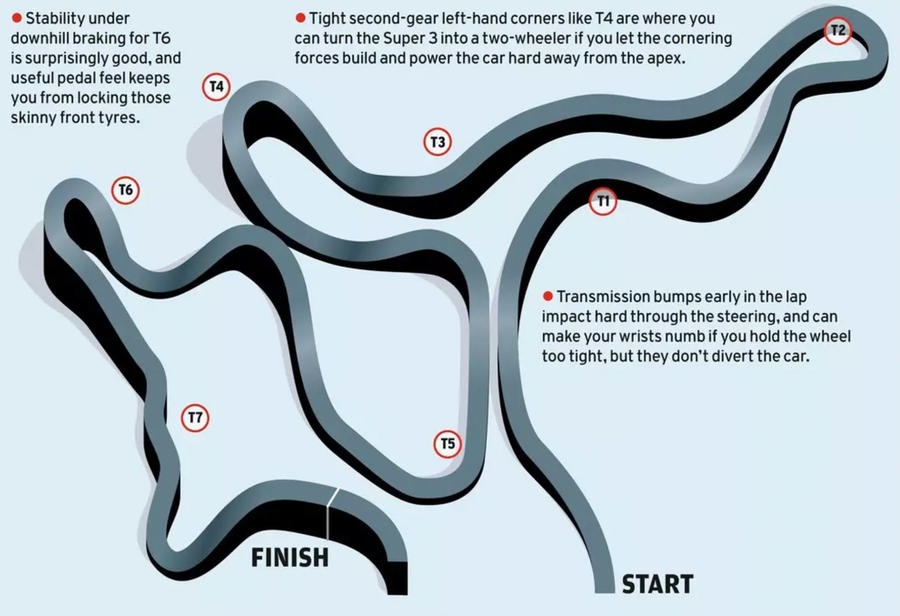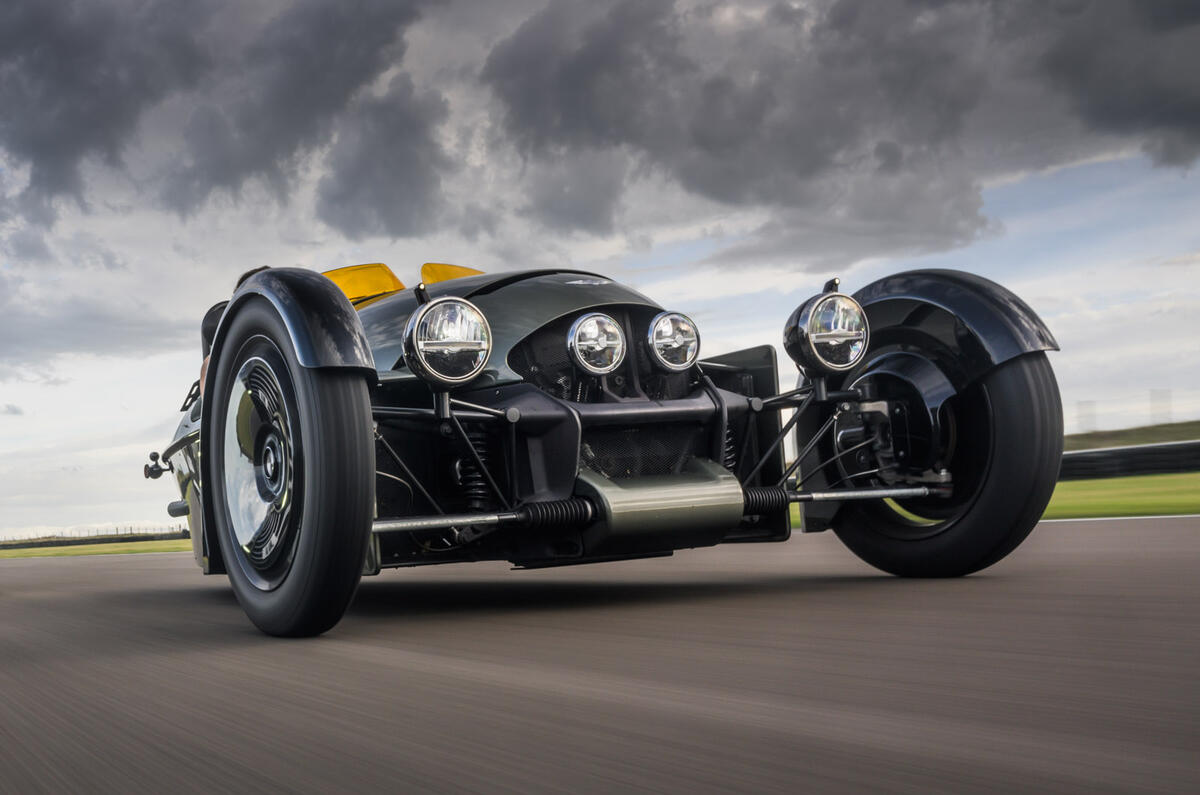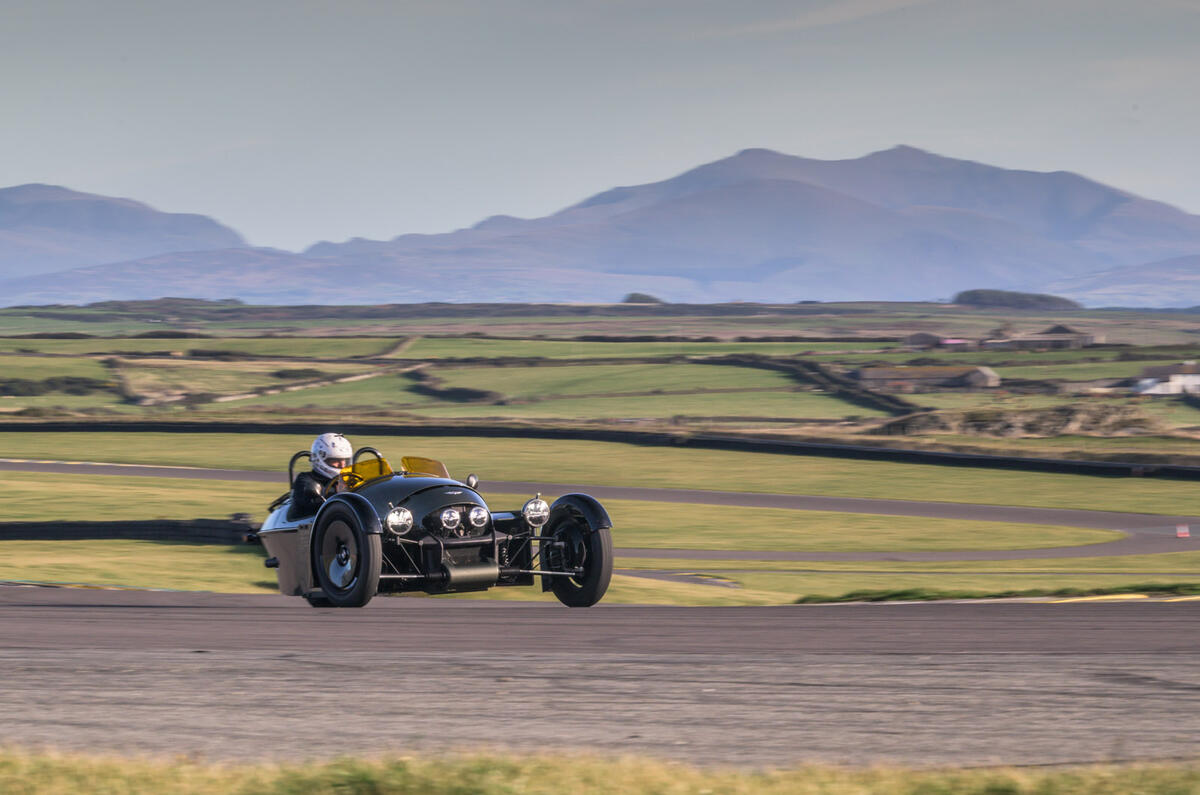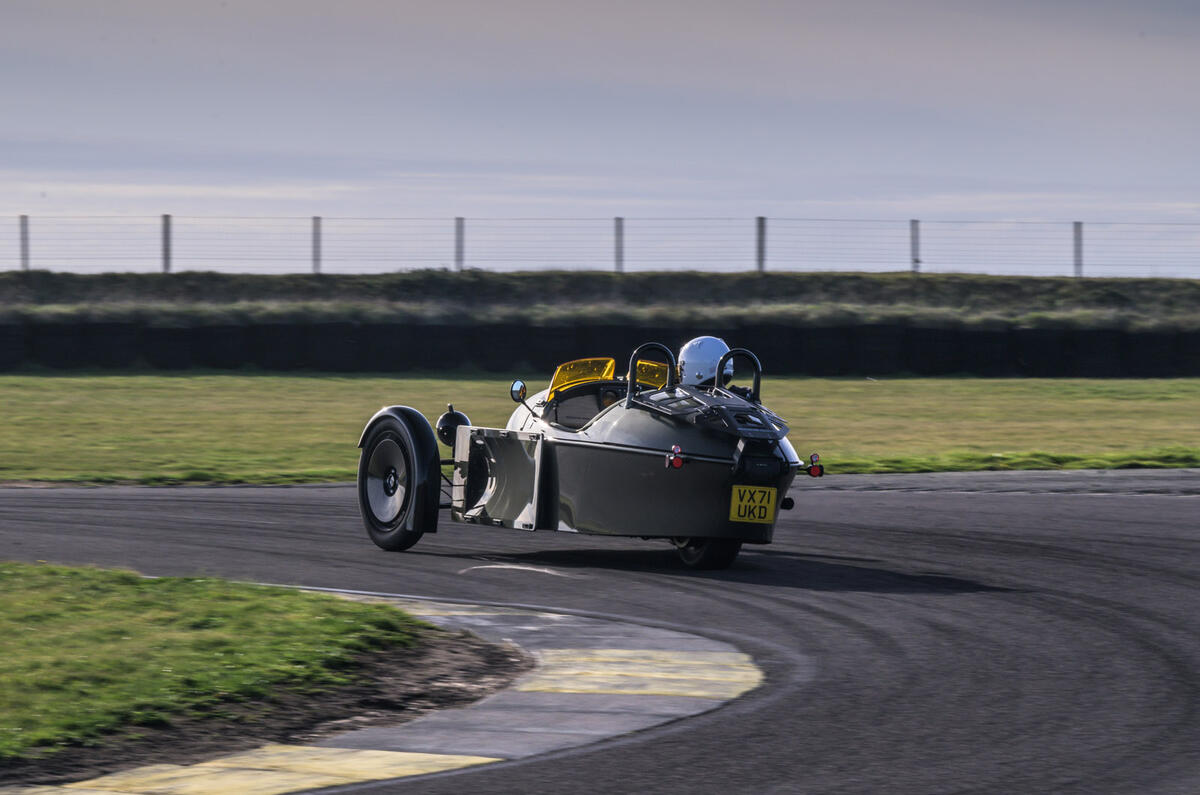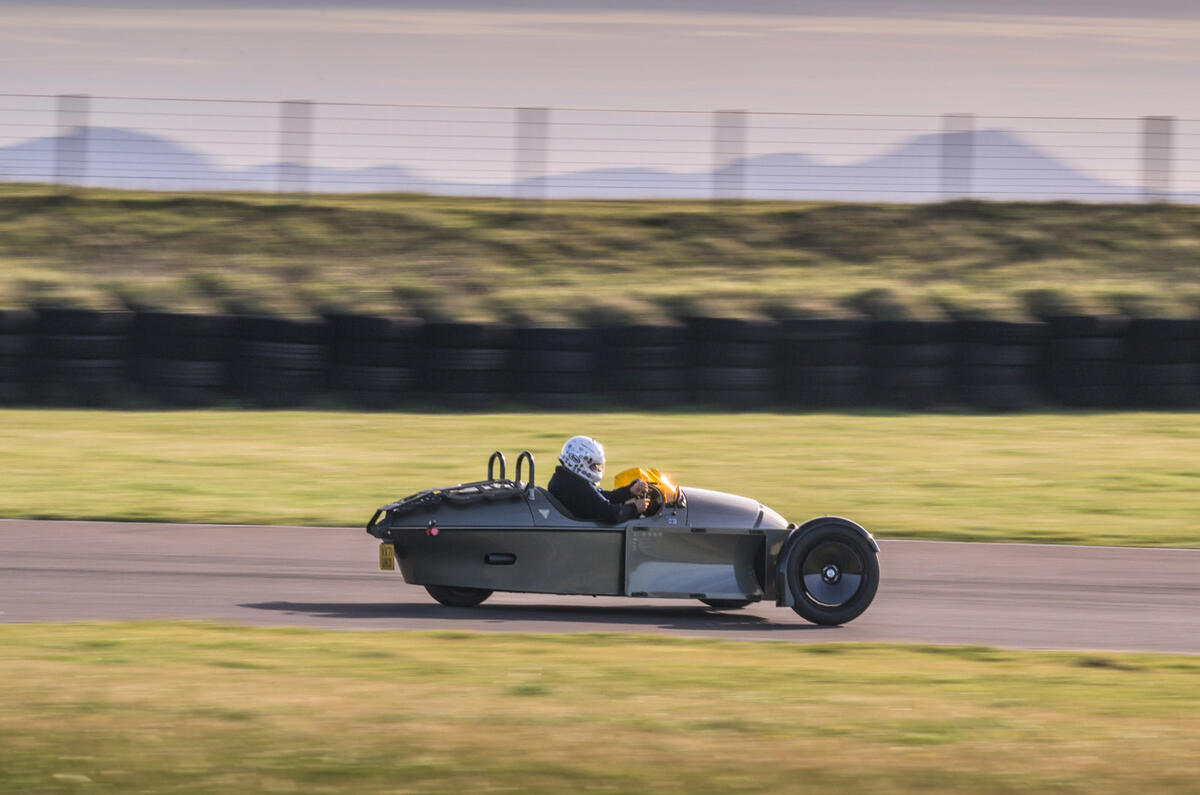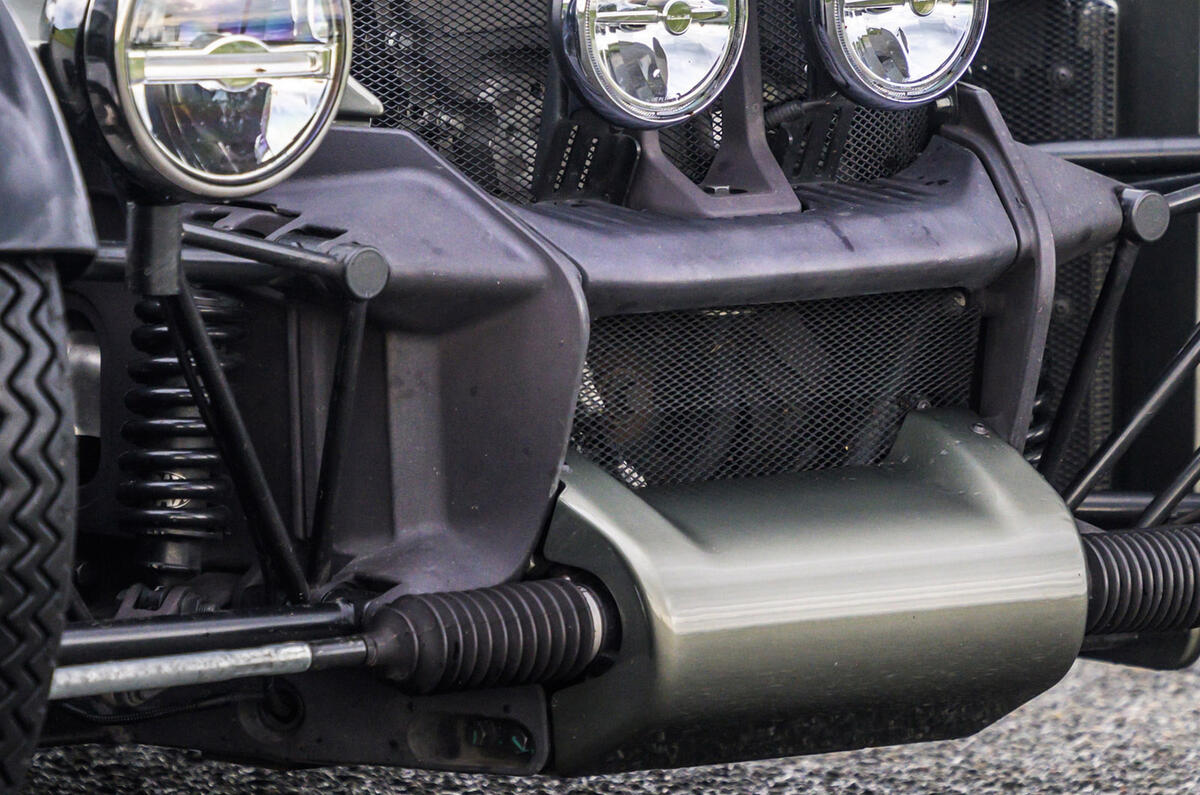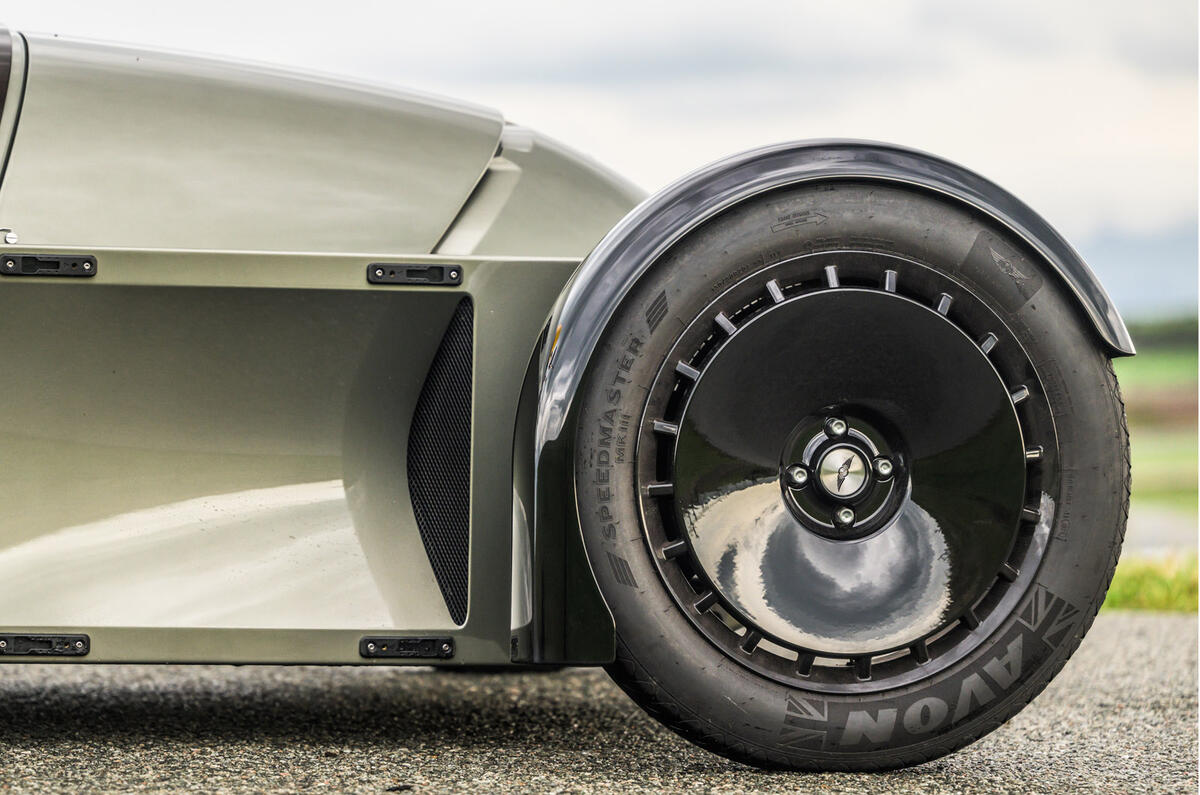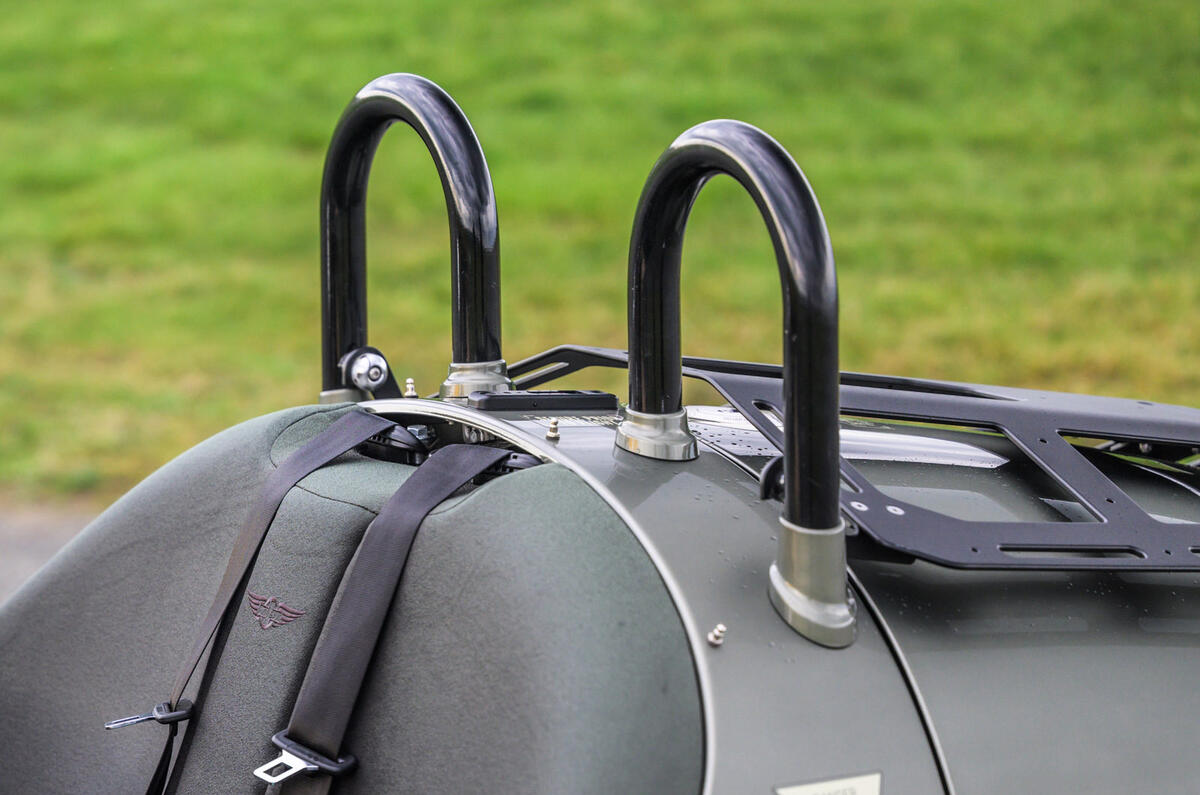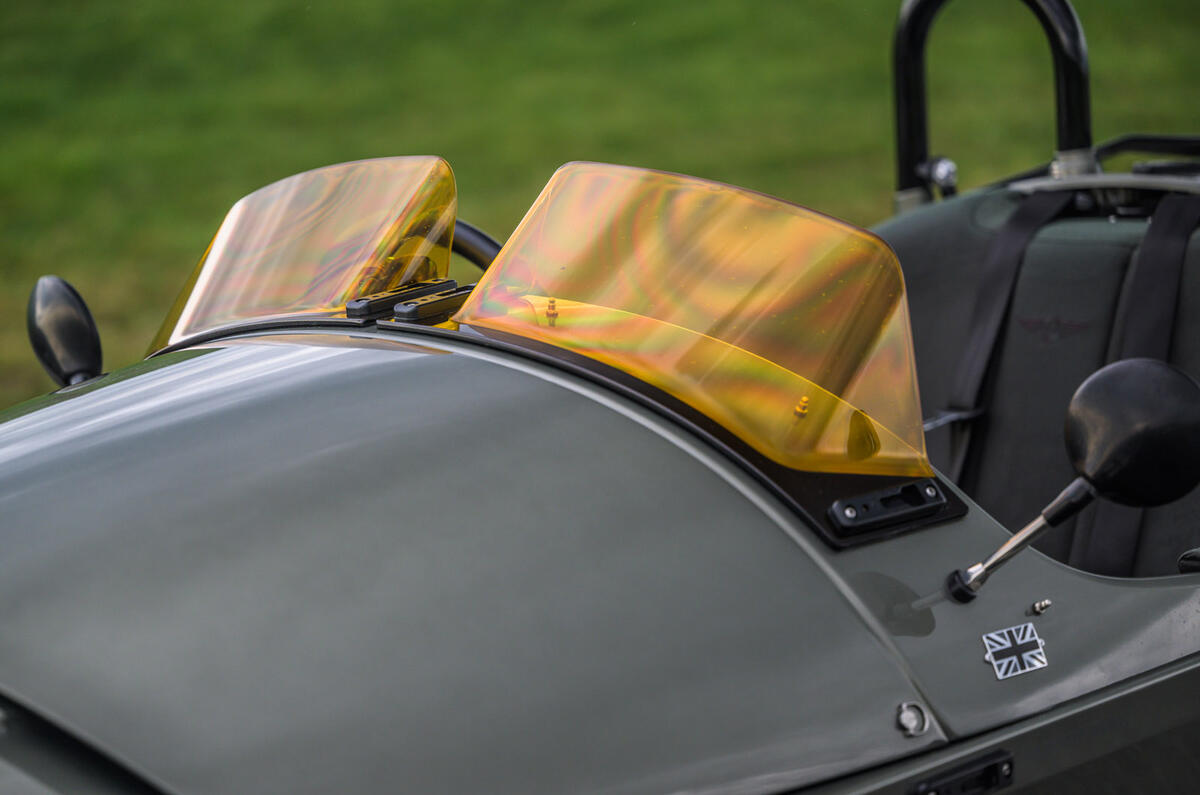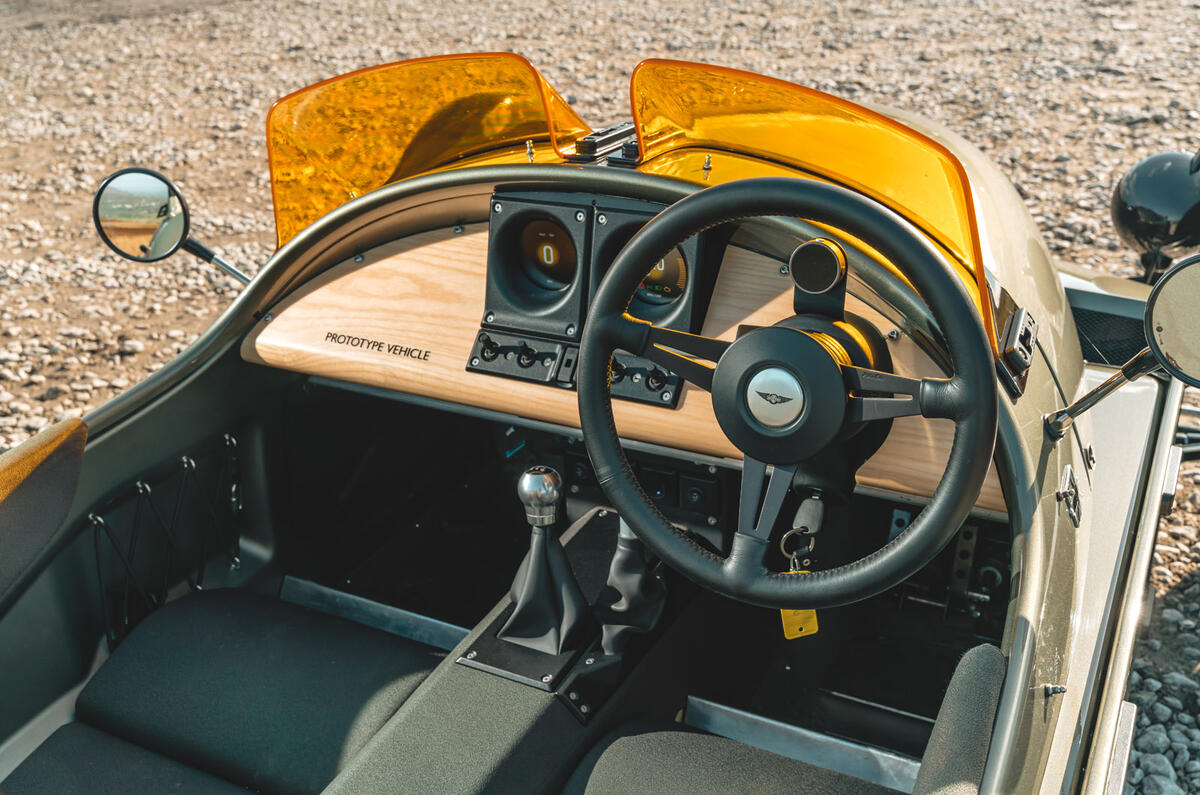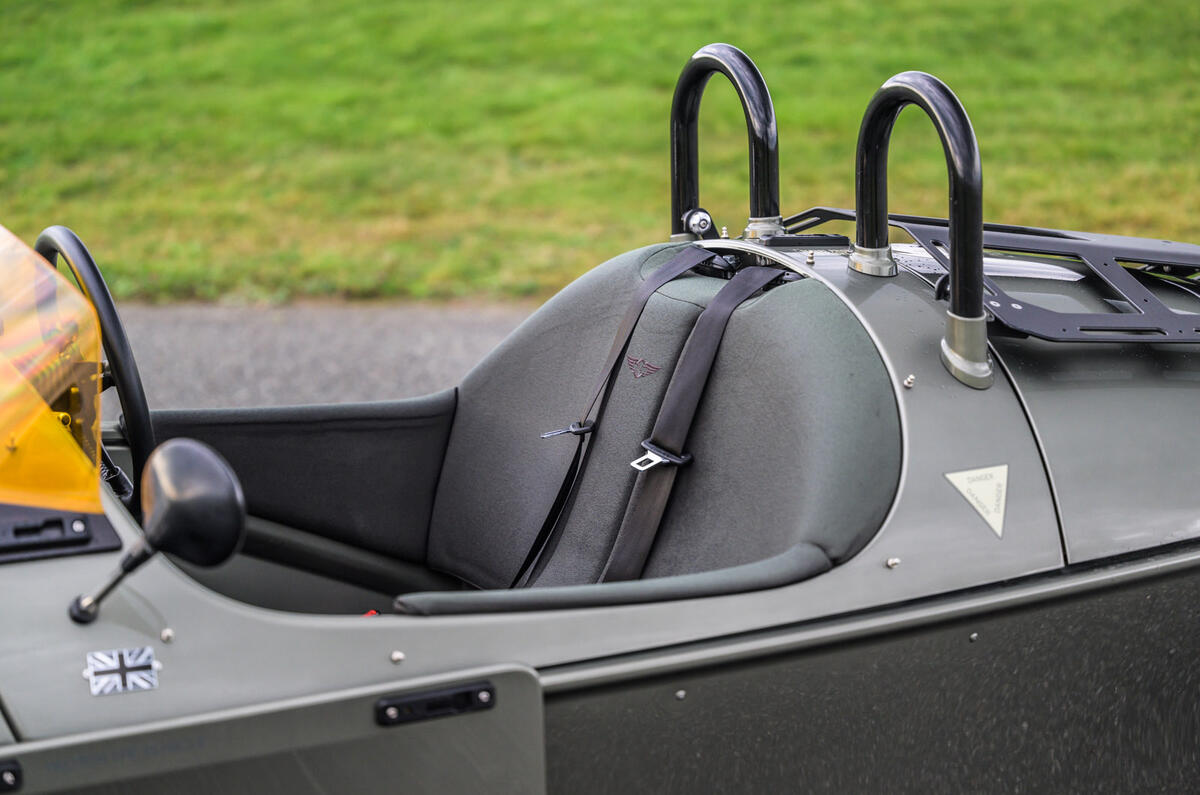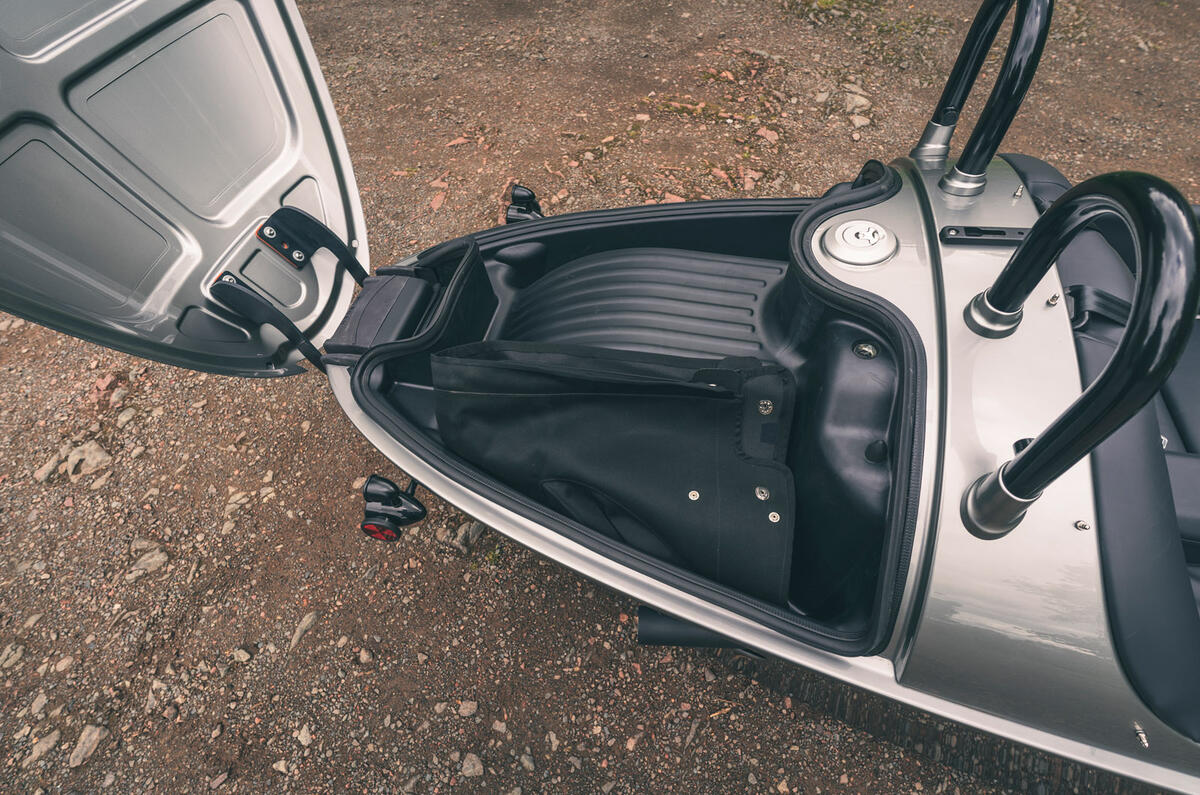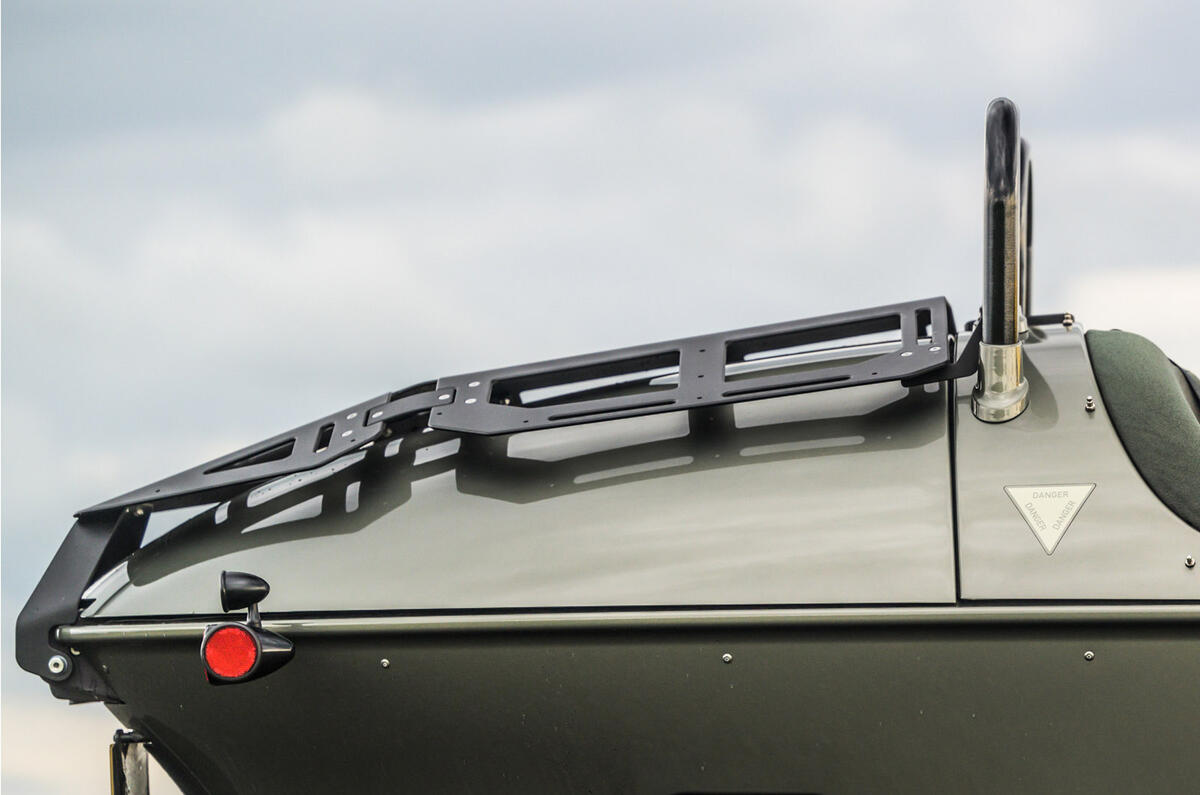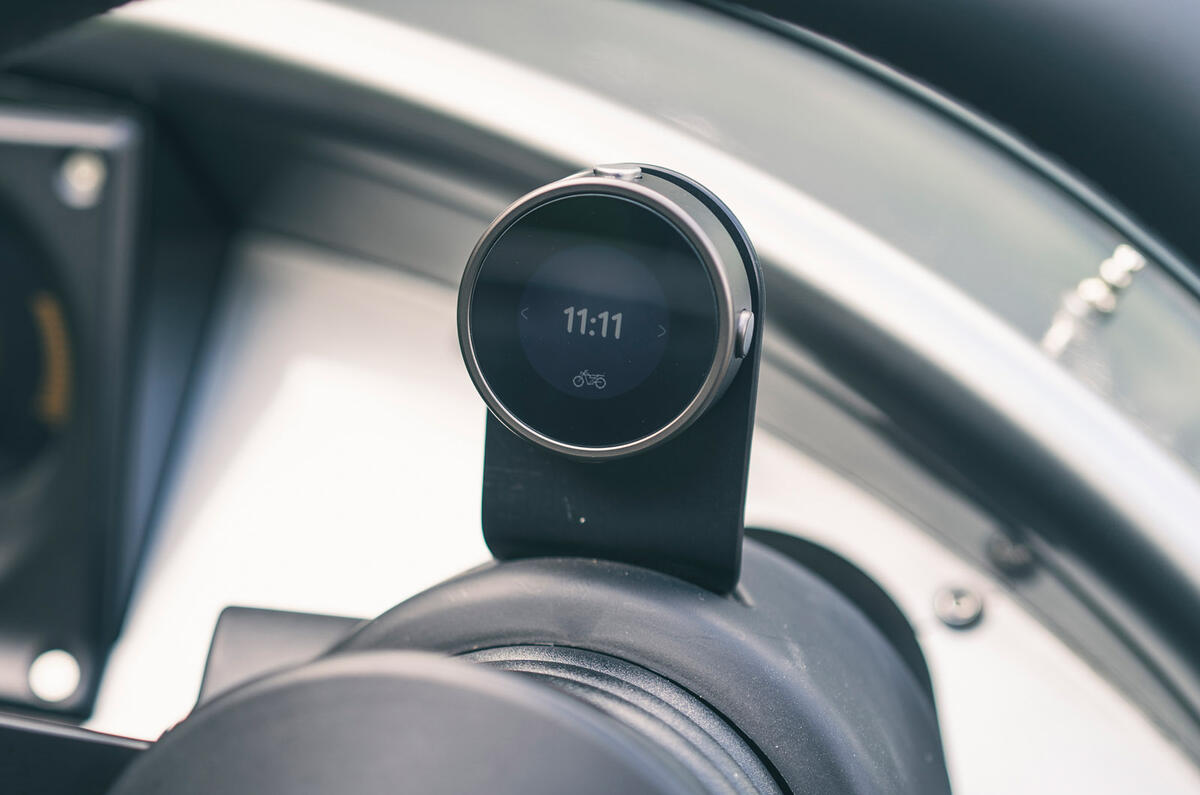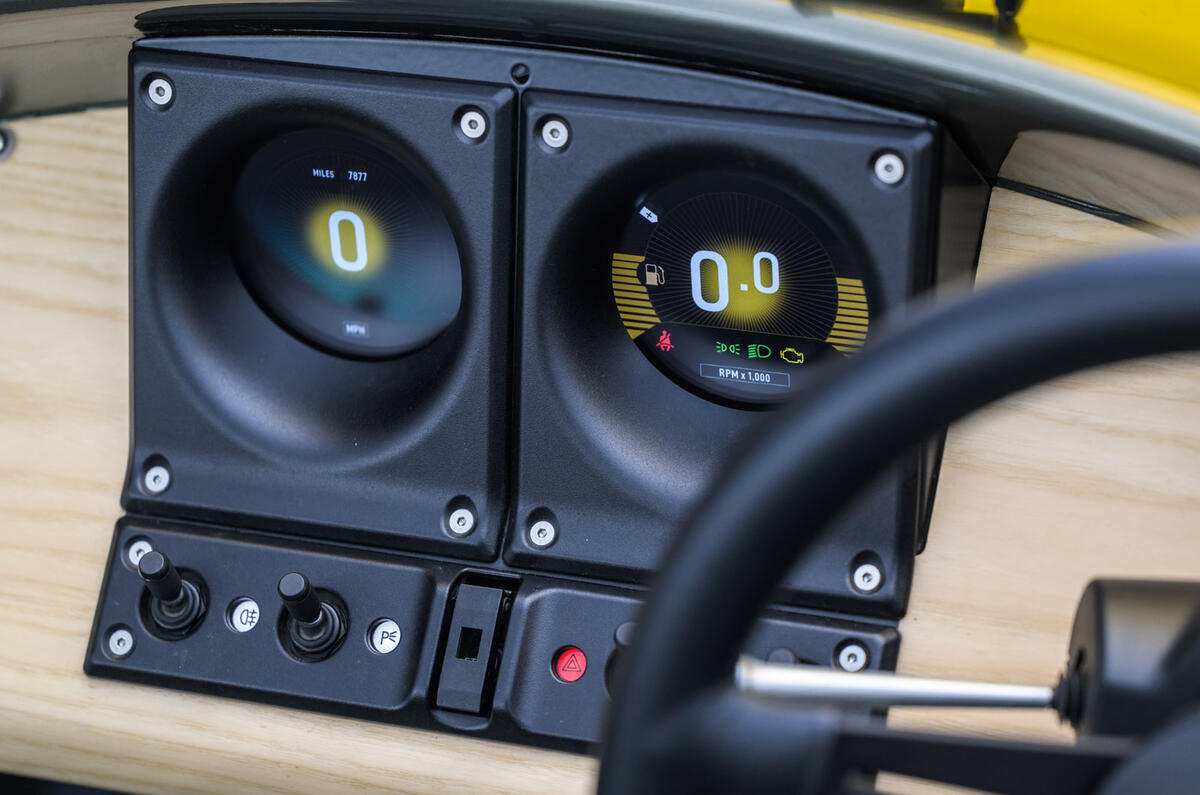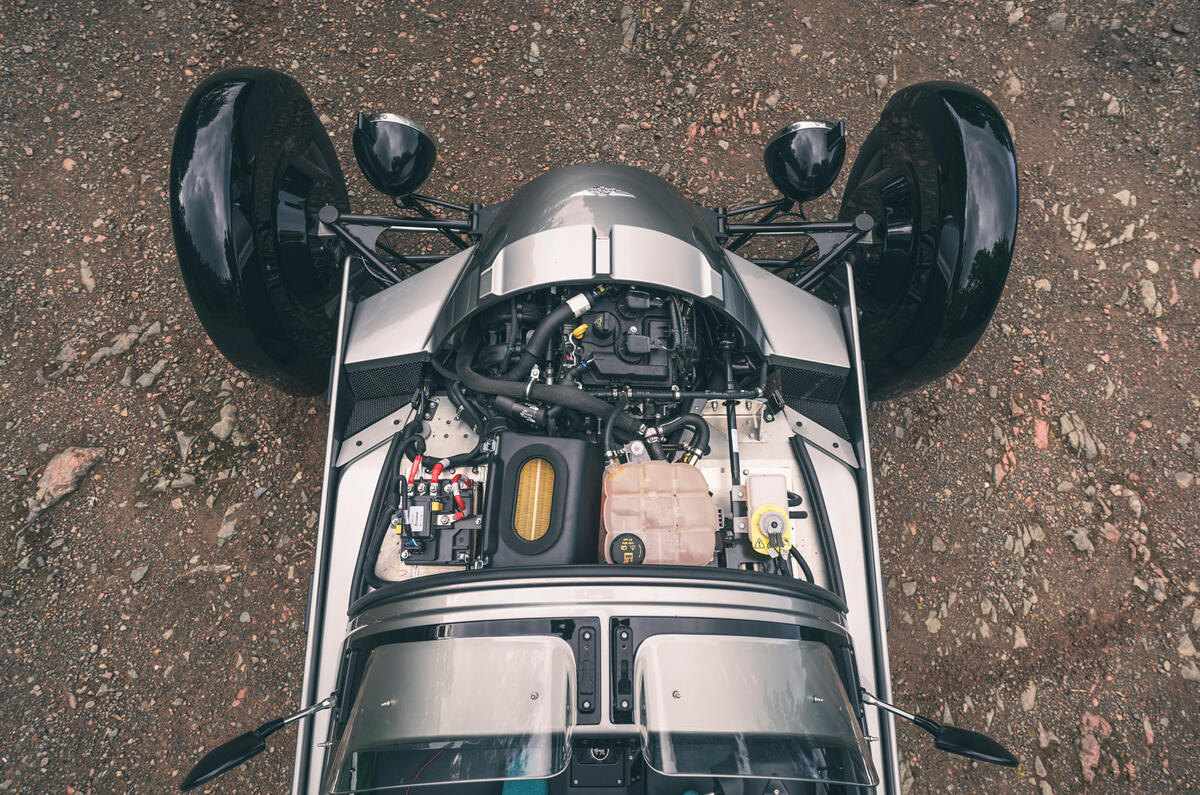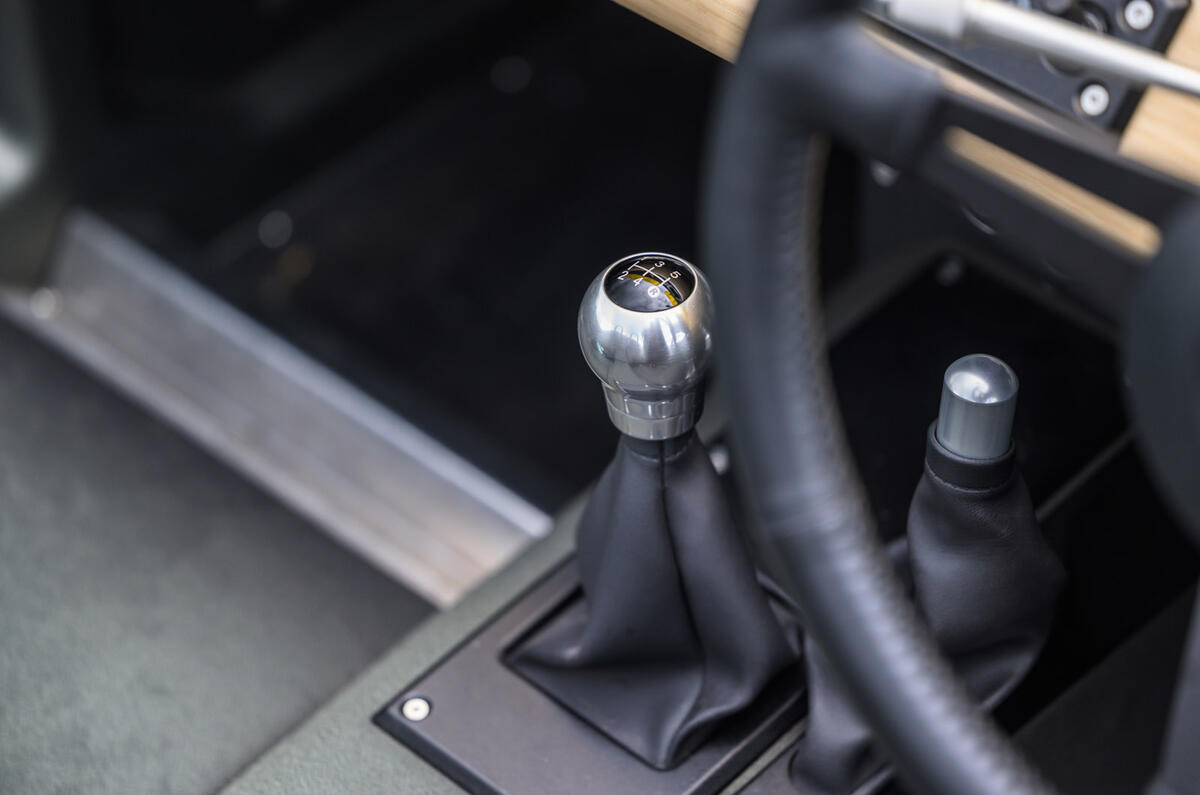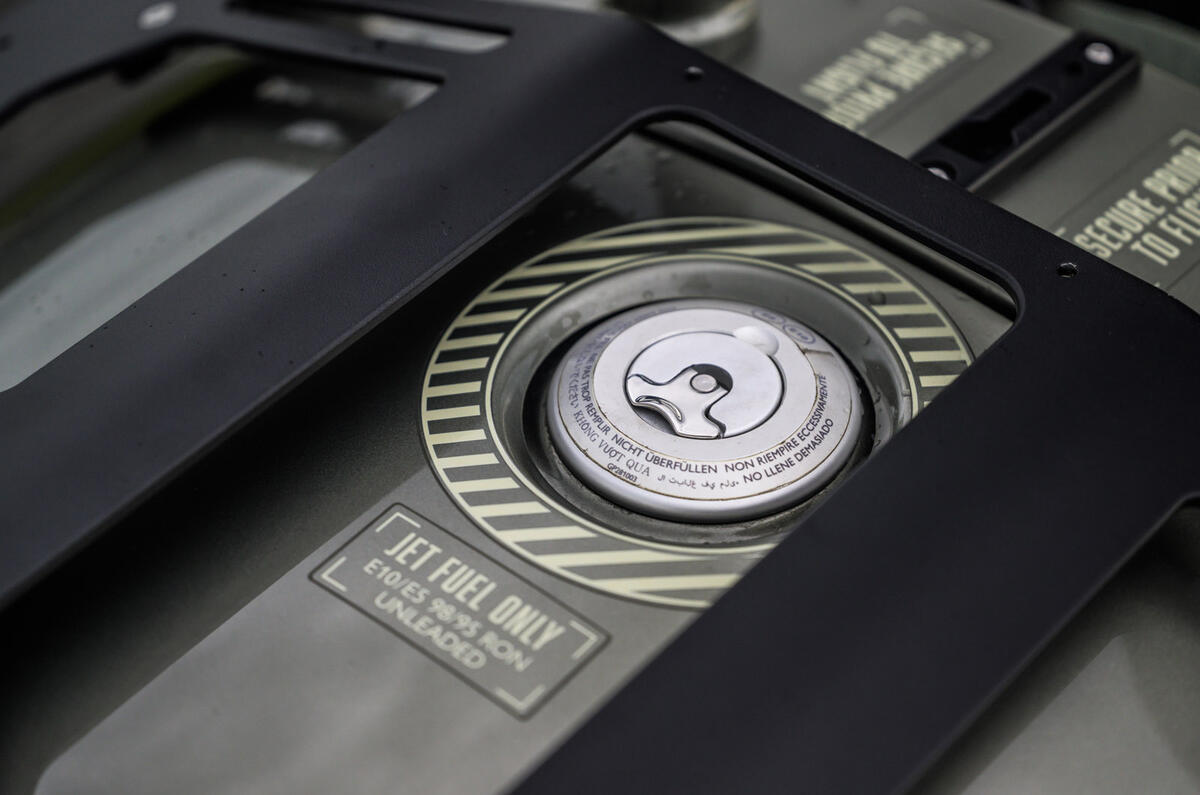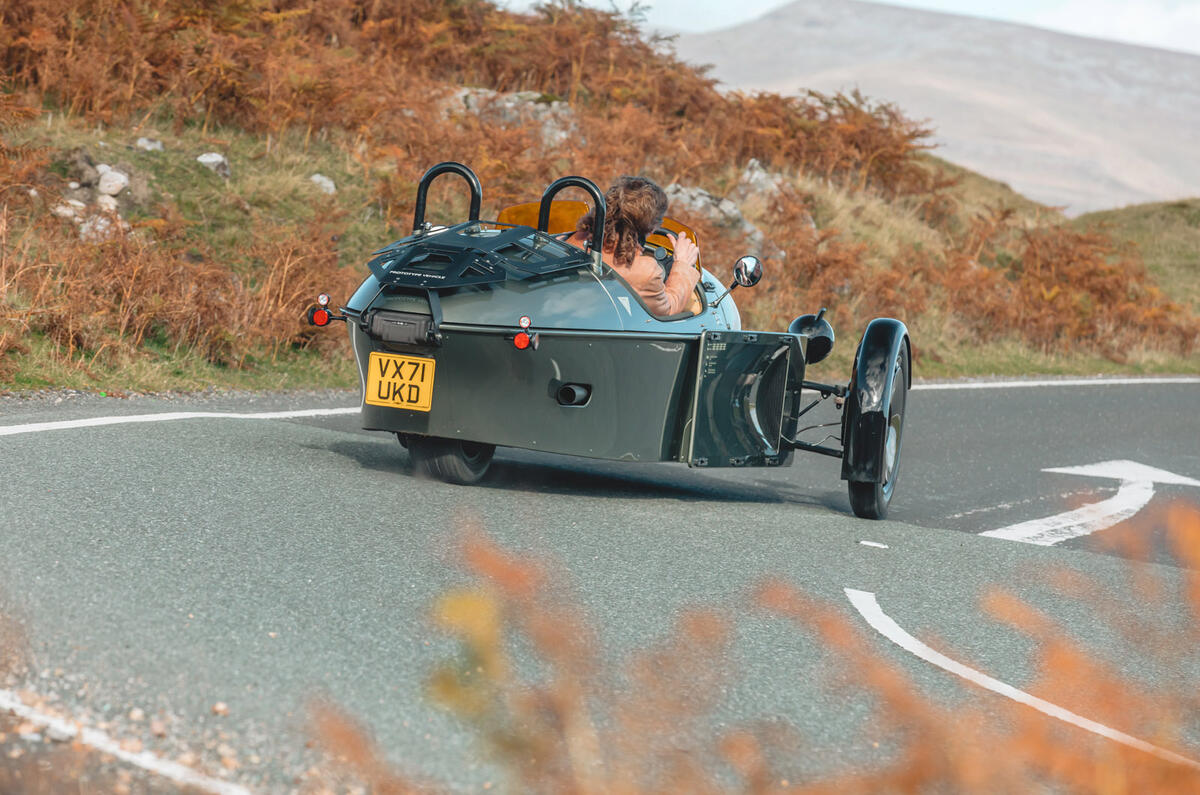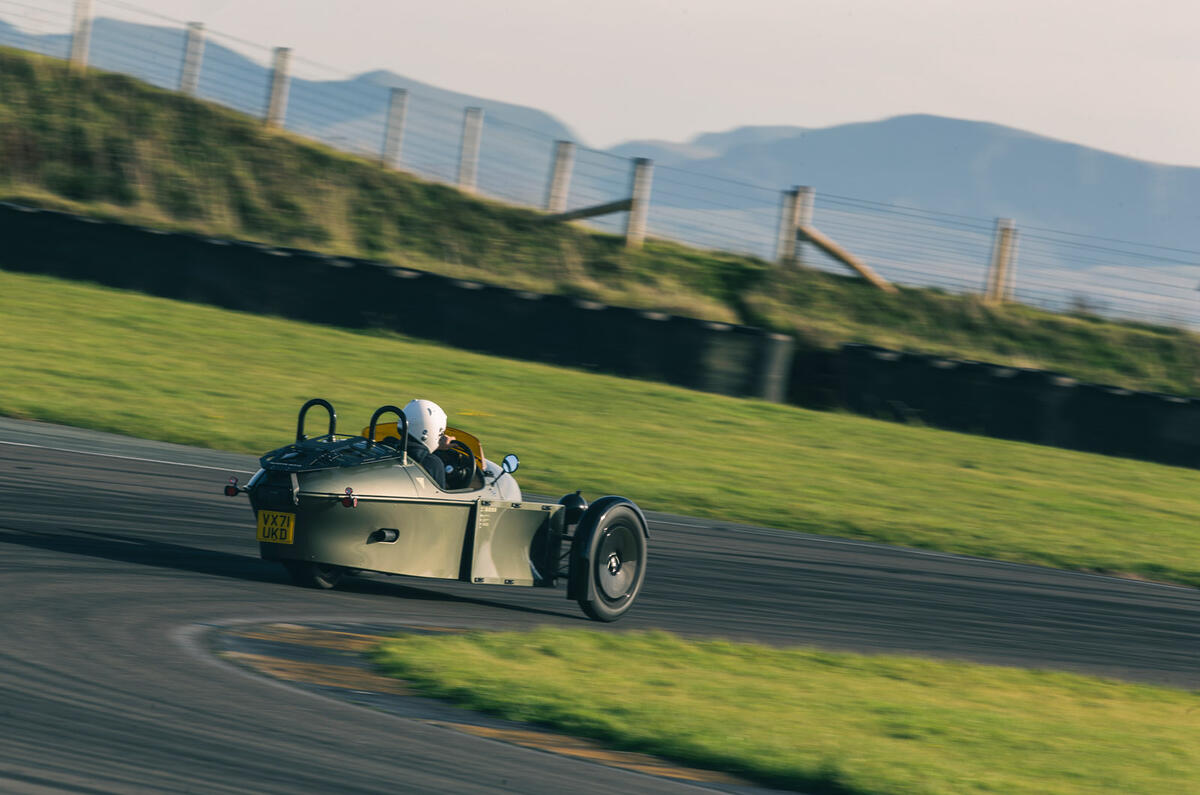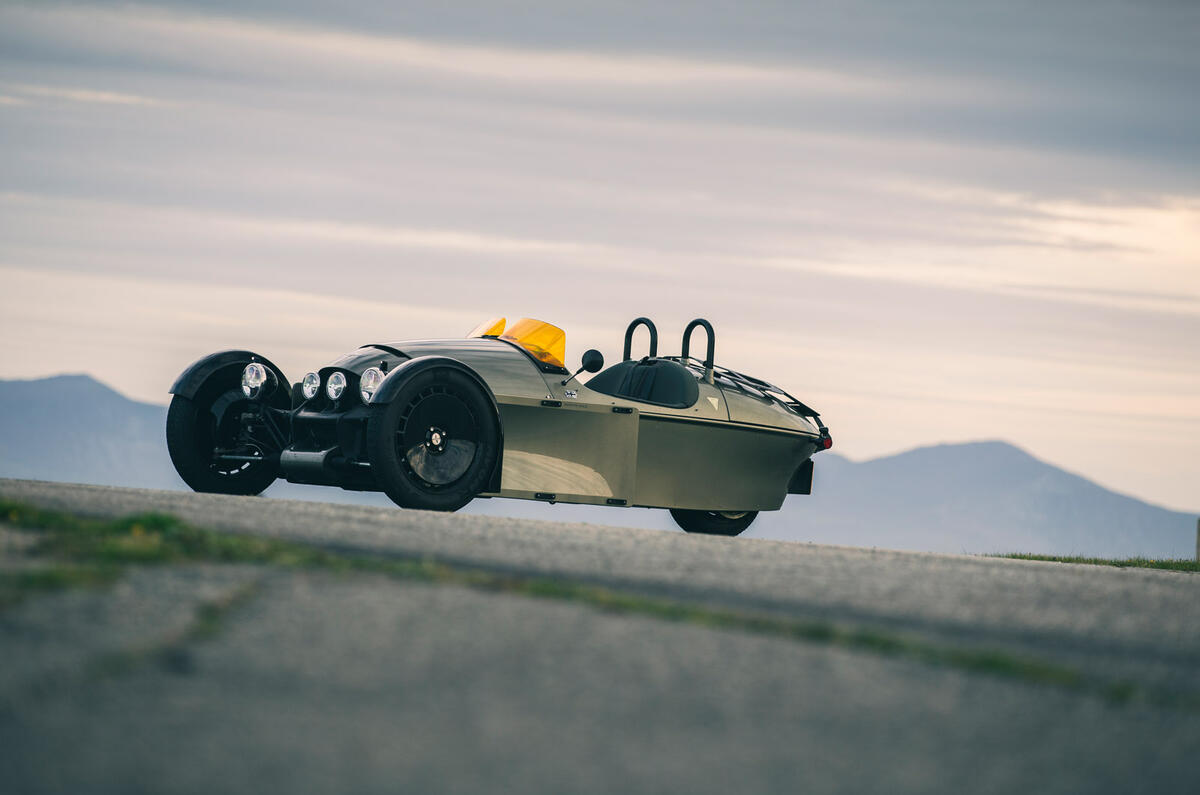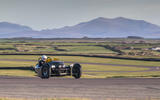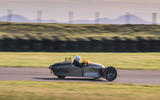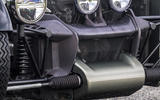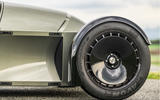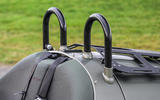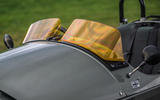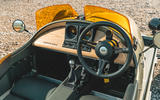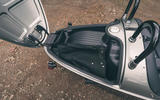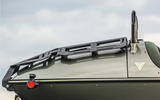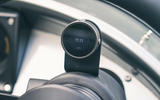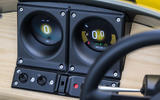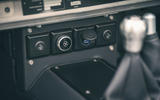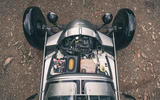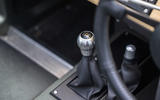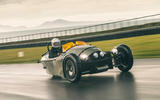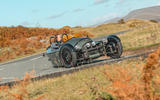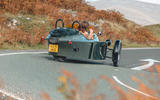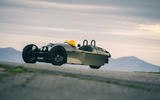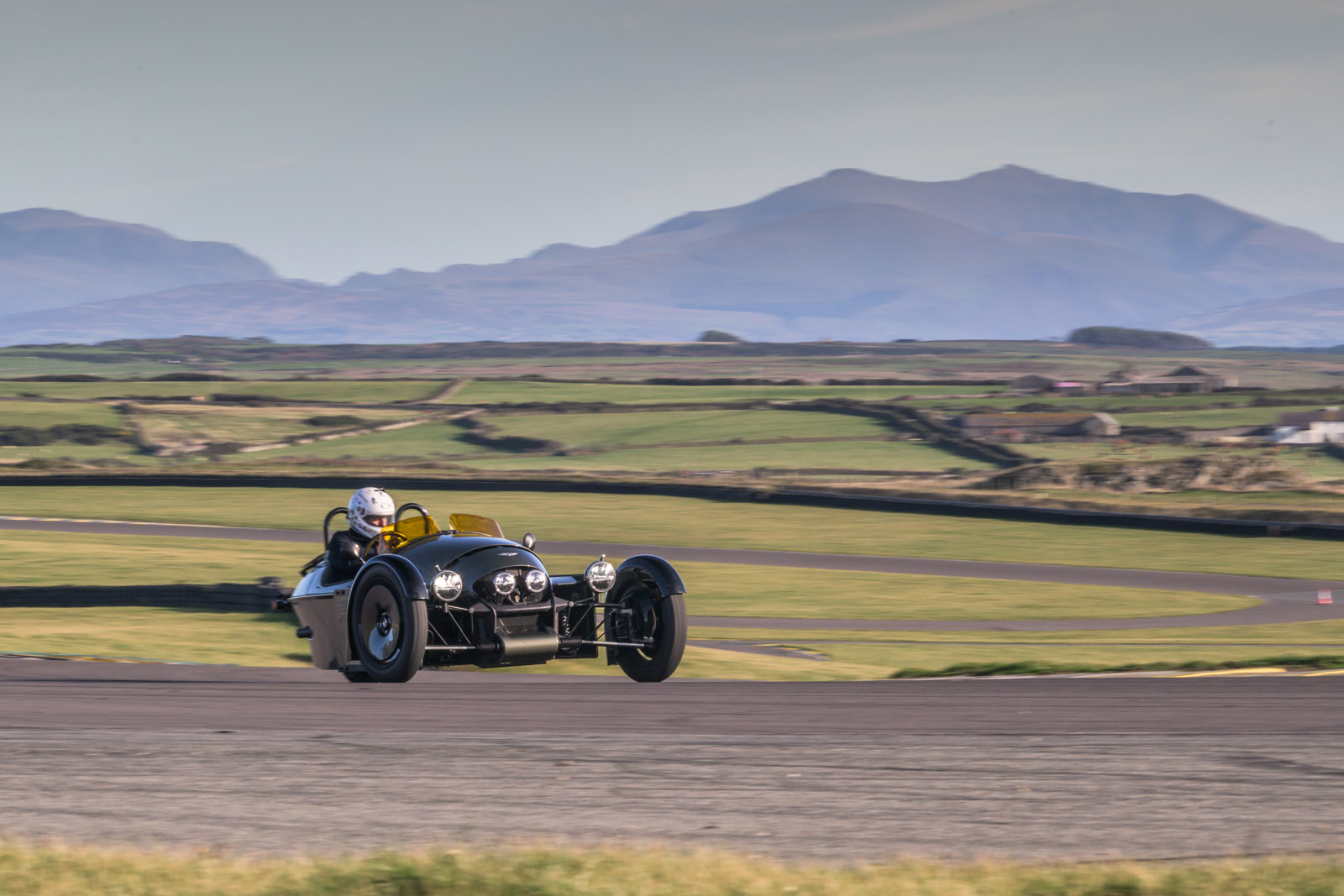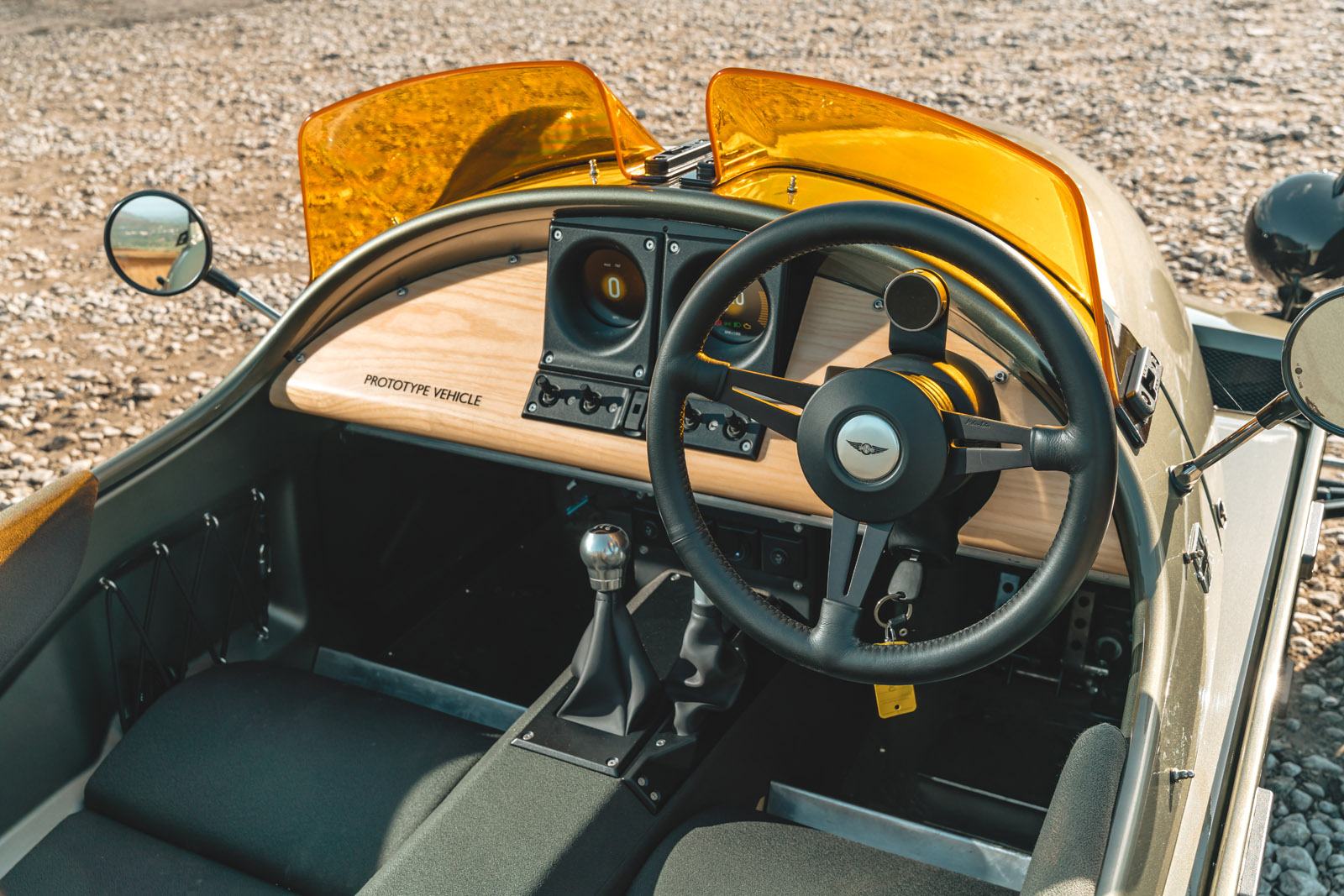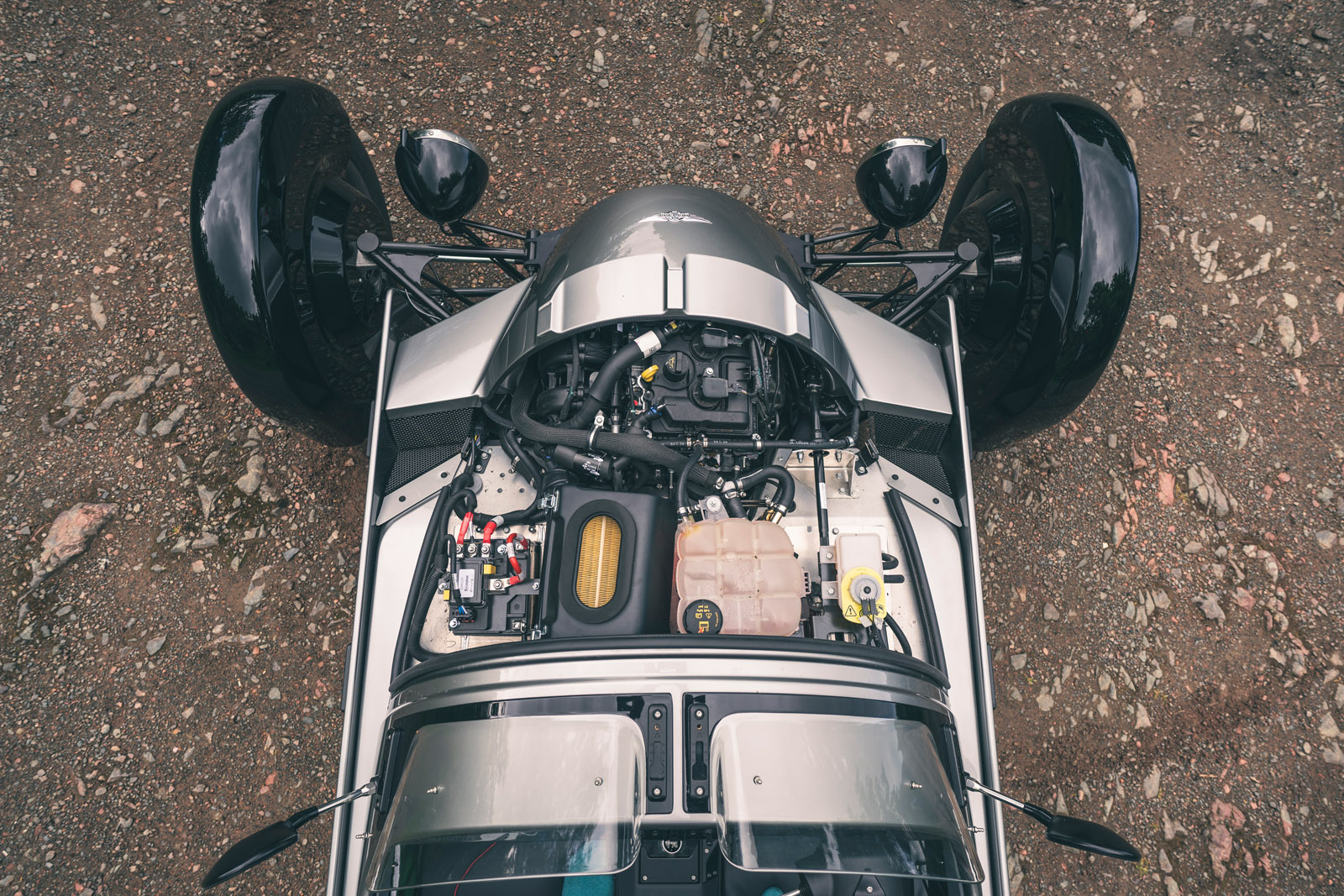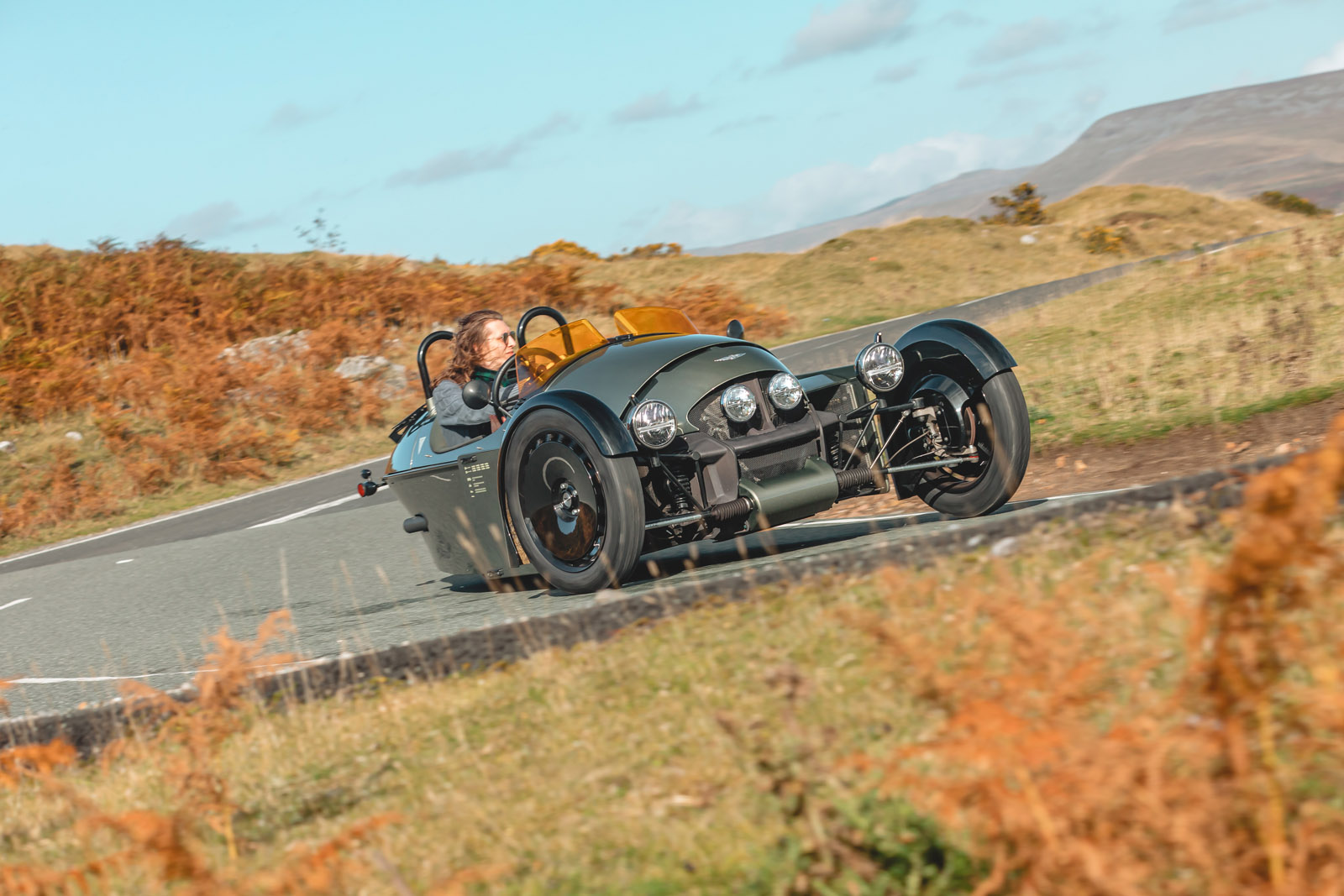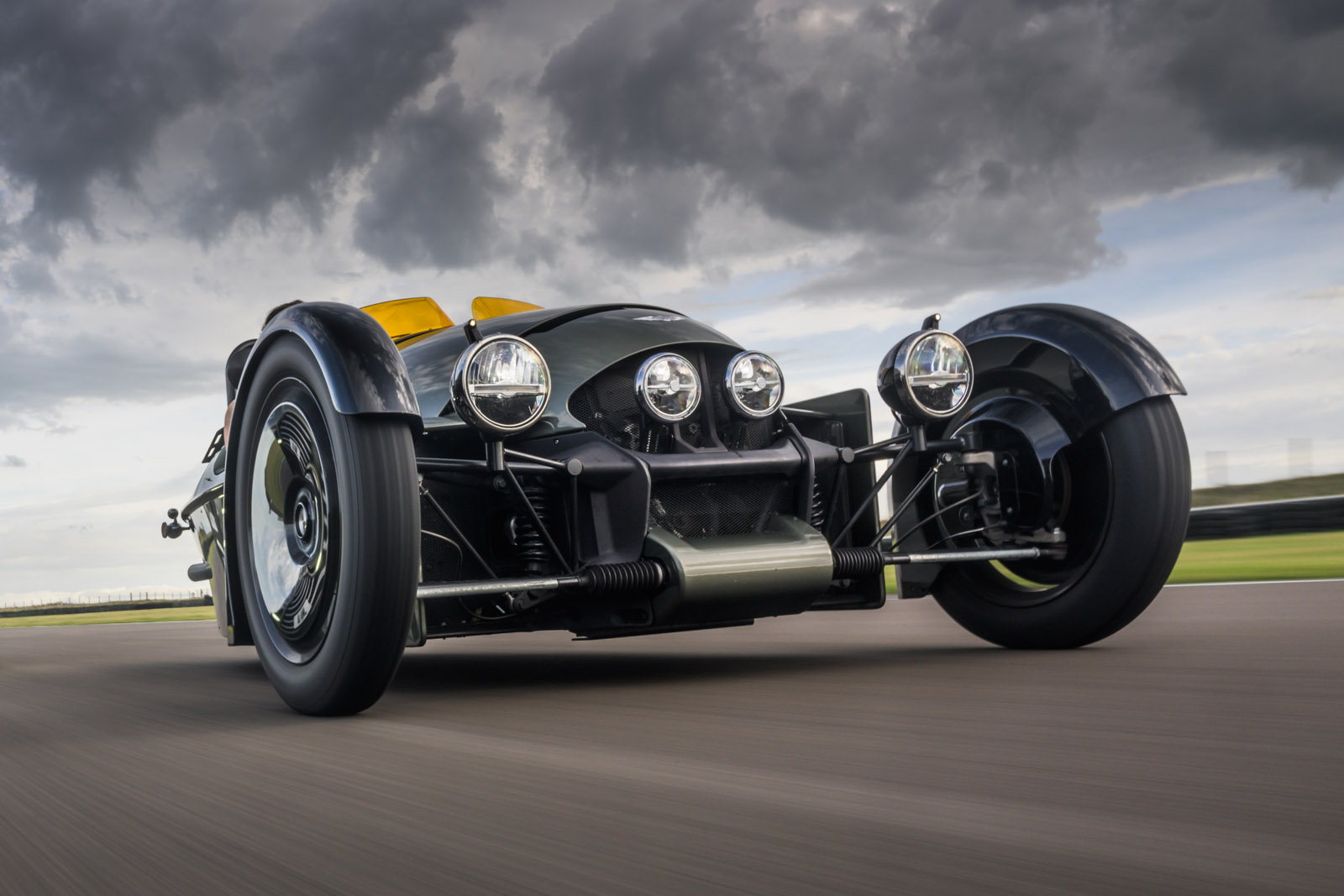And if you’re not giggling yet, you soon will be. If there was ever a car that could be ‘steered on the throttle’, a three-wheeled Morgan is it. As long as you get the front settled first, you can squeeze the throttle to tighten your line, or give it a bootful for the most predictable oversteer. It’s hilarious fun, and all happens at manageable speeds.
Like so many things in a Super 3, stringing together a series of bends does require a bit more thought than in most cars – mainly about where to put your elbow: outside or inside? Our test car had the 14in Moto-Lita steering wheel. All agreed it looks fantastic, but some testers found it a touch too large. We would opt for the 13in option.
Frustratingly, wet conditions change the game rather. As much fun as it can be to exit junctions sideways at 15mph, confidence in the front end quickly evaporates when the road gets greasy. Being all-season, the rear tyre maintains more of its grip in such conditions than the front. Big understeer can sneak up on you and dent your confidence. We can’t help wondering if a more high-end tyre manufacturer could have made a tyre with a wider safety margin than the current Avons.
Comfort and isolation
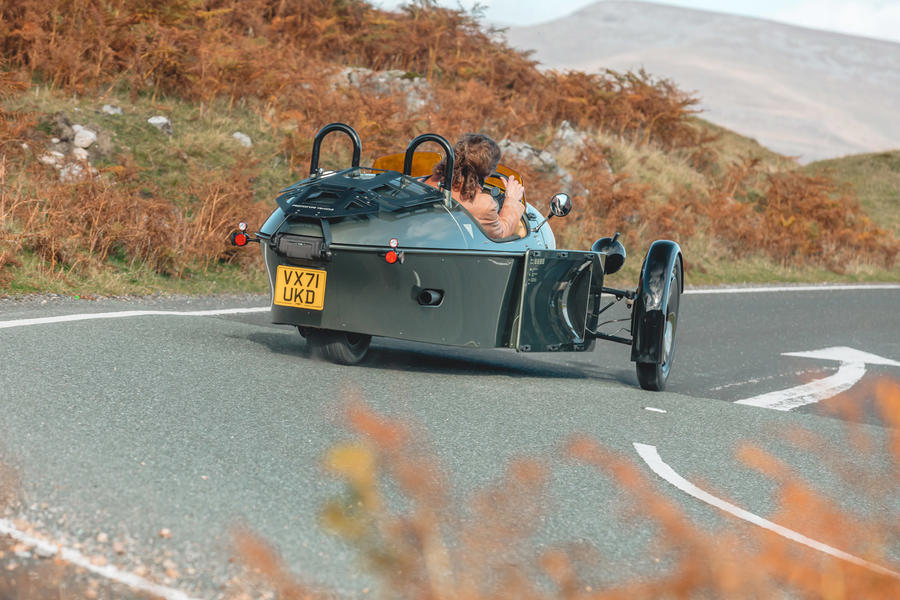
The lack of a roof, a windscreen or a full complement of wheels should tell you how this one is going to go. Driving a three-wheeled vehicle always means making a choice: do you hit the pothole with one of the front wheels or the rear wheel? In this case, we would recommend going for the rear.
Although the Super 3 is slightly more stiffly sprung than its predecessor, it’s not indecently so. However, while the suspension is generally well controlled and nicely damped, hitting a sharp road imperfection with one of the front wheels will cause an audible bang, as well as kickback in the steering.
When it comes to comfort, though, any niggles in the ride pale in insignificance to how exposed you are to the elements. As previously noted, the aeroscreens don’t offer much protection against the elements if you are over average height. Up to about 50mph, that’s perfectly bearable, but any extended motorway driving realistically requires a helmet and, even then, wind noise is constant.
The seats, which are fixed cushions rather than seats in the typical sense, don’t look like much but are actually remarkably comfortable, thanks in part to plenty of adjustment in the pedals and steering column. The footwell is ultimately quite narrow, and the handbrake being on the driver’s side hems you in even further, which does limit your freedom to shift about in the seat on longer drives.
Track notes
Driving the Super 3 to its limits is an exercise in hard work, smoothness, thought – and a little restraint. You’re soon aware of the car’s three-wheeled stance, and the influence of your own weight on its equilibrium. Sitting on the right with no passenger, you can lever the inside front wheel up into the air if you try to carry too much speed around long, tighter left-handers, and especially when the car is squatting on its rear tyre and driving forward as well as carrying high lateral load. Likewise, it’s easy to overwhelm the front contact patches with braking forces when they should be given over entirely to cornering.
So carrying speed effectively turns out to be achieved by juggling your weight a little in the seat; using plenty of leverage at the unassisted steering; judging your entry speed just right; turning in on a balanced throttle; and accelerating away from the apex smoothly.
It’s a strangely satisfying but simple triumph when you get it just right – and, needless to say, always both mentally and physically involving.
